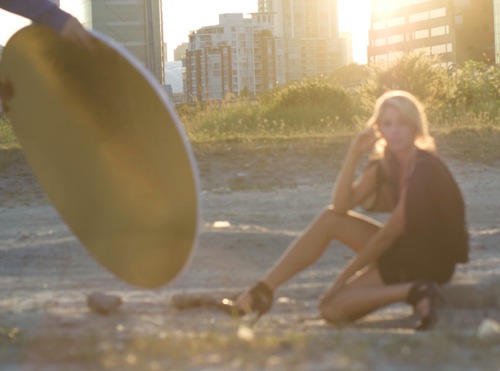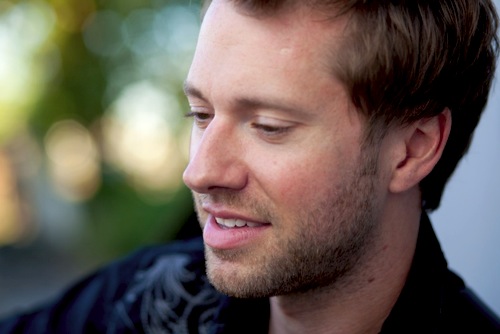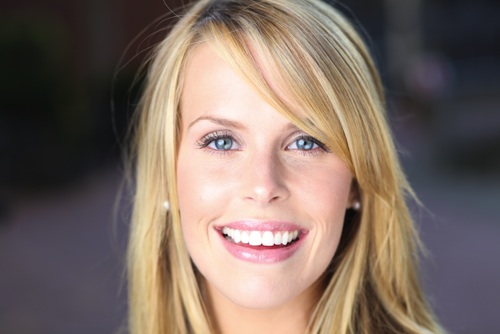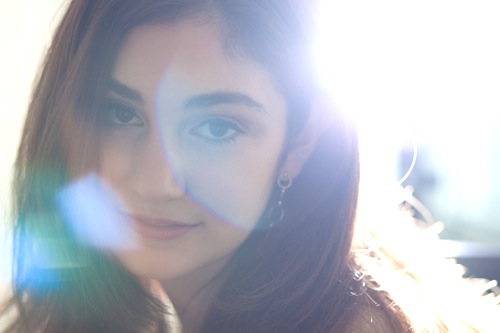 A little good, before I present all the bad…
A little good, before I present all the bad…
I’m doing a bit of digital spring cleaning today, starting with my library of photos in Lightroom. During my cleaning, I noticed all the crummy photos I’ve taken over the last few years. After feeling mildly embarrassed, I realized how much I’ve actually learned about photography, simply from taking bad photos.
So, I’m going to do something that I’ve never done, share some of my worst photos (eek) and the lessons I learned from them.
1. Learn to focus your camera manually.
 Both focus and composition were not my friend in this picture.
Both focus and composition were not my friend in this picture.
Focusing is one of the most basic photography skills, yet it seems to be the most difficult to master. When I started I relied completely on Auto Focus, which rarely, if ever, worked in low light and back lit situations.
Because of this dependance I spent most of my time during shoots waiting for my camera to grab focus, then actually taking shots. Since I’ve been shooting a lot more video with the 5DMKII, I’ve had to master manual focus. Now, I find my eye is a lot more reliable than auto focus.
2. Learn to expose your pictures correctly.

Ouch, this photo is blinding me!
Nothing you do in post will save an overexposed picture. You cannot recover information that isn’t there to start with, so turn on your histogram and watch out for “blinkies”. Highlight warning flashes on your histogram let you know which parts of your photo are overexposed.
This is particularly useful when you are outside on a sunny day and can’t see your camera’s LCD screen very well. Look in your camera manual for Highlight warning and it should tell you how to set this feature up on your camera.
3. Don’t crop off body parts.
This would be a good photo except for her missing fingers and elbow… Doh! In going through my old shots, I noticed many shots where I cropped out a lovely model’s foot, chin, arm, or leg. Even your most creative editing job will not save a photo of model with a missing chin.
4. Avoid busy backgrounds.
 This background smelled as bad as it looked.
This background smelled as bad as it looked.
Something that is bokeh beautiful at f/1.8 looks like a hot mess at f/8.0. When I was shooting this I thought cockily, “I’ll just deal with that mess in post”. Yeah right. No amount of post can fix this background disaster.
 It’s Happening. The plants are aliiiiive.
It’s Happening. The plants are aliiiiive.
Speaking of disasters, this photo is taken at a fairly wide aperture (f/4.0) and that mess of forest jungle is completely overpowering the gorgeous model in the photo. Always watch for busy shrubbery. It will often take on a life of it’s own and ruin your best shots.
5. Choose an appropriate setting for your subject.
 Tucker gives his best bokeh face.
Tucker gives his best bokeh face.
As you know, I’m a huge bokeh fan and use it all the time in my portrait photography. While bokeh is a lovely backdrop for pretty girls, babies, and kittens, it’s not necessarily the best choice for a rock musician.
Though Tucker shows off his “sensitive side” quite well here, he ultimately did not choose this photo torepresent his musical career. Maybe if I photoshopped in a kitten? How about a kitten with an iPad?
6. There is such a thing as too much lens flare.
I use lens flare almost as much as I use bokeh to give portraits a dreamy quality, but the nightmare of removing a lens flare nightmare smack in the middle of someone’s face is no fun at all.
7. Avoid flashing your strobe into windows

Poor dear is caught in the headlights.
Seems obvious really, but as you can see from this photo, it does happen. Also avoid taking a picture of your reflection in windows, mirrors, and shiny objects.
8. Avoid dead-centre syndrome
 The model is lovely, my framing job? Not.so.much.
The model is lovely, my framing job? Not.so.much.
Not all of us have 19-focus points, so some of us have to plop our subject right in the middle of the frame for those auto focus points to do their thing. Sounds like a good excuse, doesn’t it?
I’ve noticed that my worst photos are often framed like this, most likely due to my lack of focusing skill at the time. Since we are all going to promise to learn how to focus our shots better… we can start to demonstrate our compositional talent by actually observing the Rule of Thirds.
NB. It’s easier to frame your subject if you have the grid screen enabled on your camera.
So now that you’ve seen my worst photographic efforts, I hope you’ve learnt a few lessons, or at least to not get down on yourself for making the same mistakes. Now get out there and shoot, make lots of mistakes, and become a better photographer!
What lessons have you learned from your bad photos?
"




Nenhum comentário:
Postar um comentário